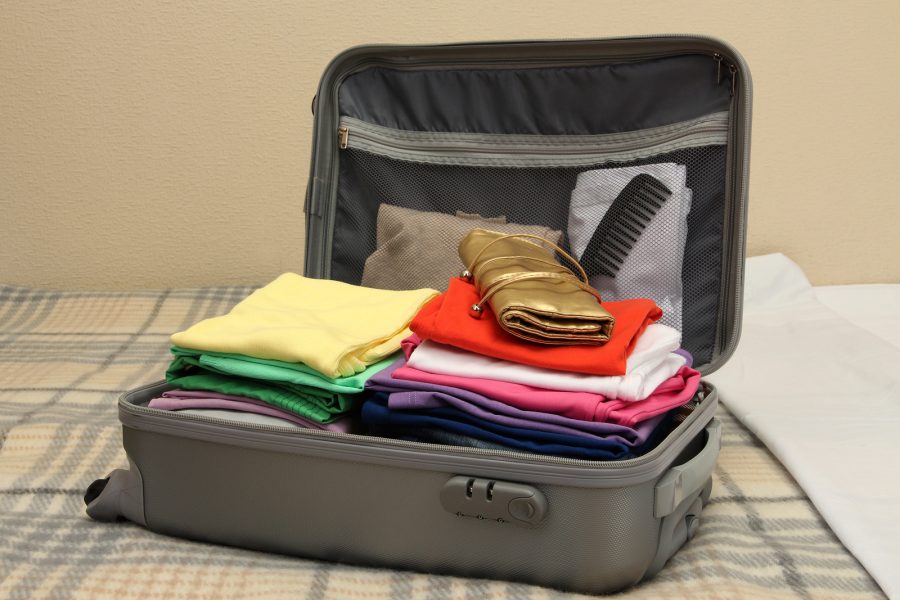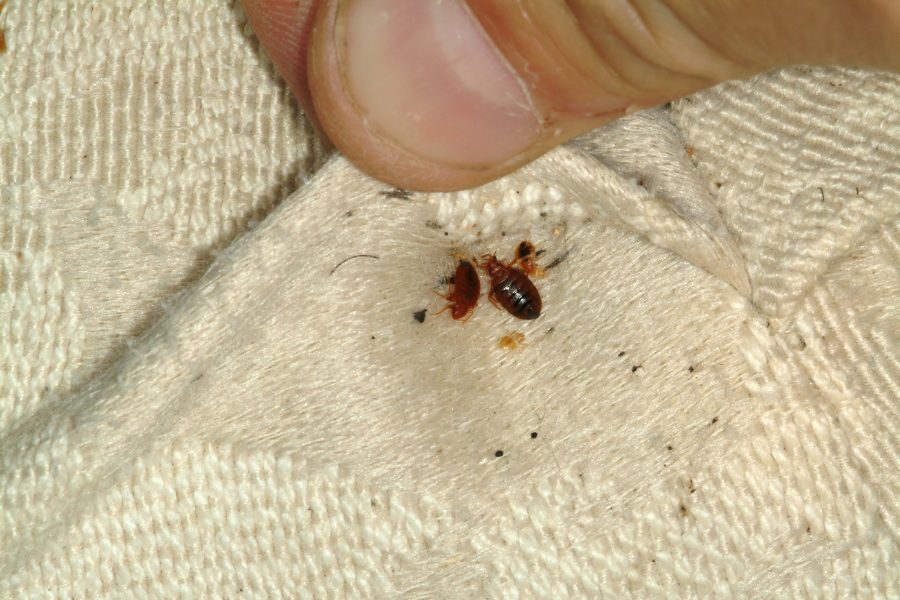Scientists have found that dirty laundry is a potential reason to explain why bedbugs have spread all over the world in the past decades —particularly in the US, Europe, and Australia. The study found bedbugs usually spread through dirty clothes when people are traveling. After this research, humans are no longer considered as the only host that facilitate bedbugs’ dispersal.
Most travelers usually leave their suitcases half-closed to avoid having to open them every time they want to get something from it, for example. They also put their dirty clothes in particular open spaces, separated from the clean ones. According to a study published in the journal Scientific Reports on Thursday, these bugs seem attracted to the odor humans leave in clothes after being used.

Dr. William Hentley, an ecologist from the University of Sheffield’s Department of Animal and Plant Sciences who led the study, suggests that bedbugs are more found in hotel rooms than any other place. When the insects find worn clothes nearby, they feel attracted to them as if these were magnets.
“Our study suggests that keeping dirty laundry in a sealed bag, particularly when staying in a hotel, could reduce the chances of people taking bedbugs home with them, which may reduce the spread of infestations,” said the leader of the study in a statement, according to EurekAlert. “Soiled clothing left in an open suitcase, or left on the floor, of an infested room is more likely to attract bedbugs… When packed into a suitcase, they will accompany their host back home.”
Although these bugs can’t swim, jump, or fly —and they are also well hated by humans— they have expanded rapidly around the world, taking over new territories and growing in number and range.
According to a 2015 survey by the National Pest Management Association and the University of Kentucky, these insects usually live in nursing homes, hospitals, schools, and even office buildings.
Impressively, bedbugs hate to travel alone on their own. The insects feed exclusively on blood, which is why they search for any living being to eat and travel anywhere the prey goes. They live hidden in spaces hard to reach, where people don’t usually notice their existence. They can survive for about six months without feeding.
Bedbugs measure about 5 mm long, but they are visible to the average human eye. When they haven’t eaten, they usually look light-brown and oval shaped. But when they feed on blood, their color and form change. They get a little bit bigger, become rounder, and their brown turns darker.
Almost all bedbugs preferred the dirty clothing
The researchers selected a group of four people and gave them cotton-made clothes to be used for about 3 hours a day, while they performed their usual activities. After the three hours passed, the volunteers gave the scientists the dirty clothes back to wait for the results.
The scientists grouped the dirty clothes in a series of bags and separated them from another series of bags, but the latter was filled with clean garments. Both groups were randomly placed in a circle —at an air-tight room so the bedbugs could perceive the smell of the clothes. Then, an open container of parasites was placed in the center of the circle, leaving the family of bugs to freely decide which kind of clothes they wanted.

After four days, which is the number of days bedbugs usually take to change their living habitat, more bedbugs had moved from the initial container to one of the bags filled with dirty clothing. By the end, the clean-bag had almost none parasites.
Richard Cooper, an entomologist at Rutgers University in New Brunswick, New Jersey, believes this is “a good study”. He was not involved in the research, but he acknowledged the possibility of these parasites traveling in the dirty clothes due to the smell, which attracts them.
The number of bedbugs in the world is increasing
These parasites do not transmit any disease, but they bite and cause allergic reactions. Due to the annoyances the bedbugs produced, they were largely eradicated from large parts of the developed world… Until now.
Bedbugs have recently undergone a global resurgence, which has been partly attributed to an increase in low-cost international travel in the tourism industry.

The common bedbug (Cimex lectularius) seemed to be disappearing in the mid-1980 and 1990, but some statistics suggest an impressive high-peak in their numbers lately. The number of people finding bedbugs has increased across Europe, particularly in the UK — almost doubling the number of cases that were reported a few years ago.
Anyone who sleeps in a place infested with bedbugs might end with itchy bites and irritations all over their body. However, there are some measures the person can follow to avoid taking any mites with it.
“Bedbugs struggle to walk up smooth surfaces, so when I go traveling I always look for those smooth metal luggage racks to keep my suitcase on,” said Hentley, according to The Guardian. “Failing that, I would keep my clothes in a big ziplock bag.”
Source: The Guardian
